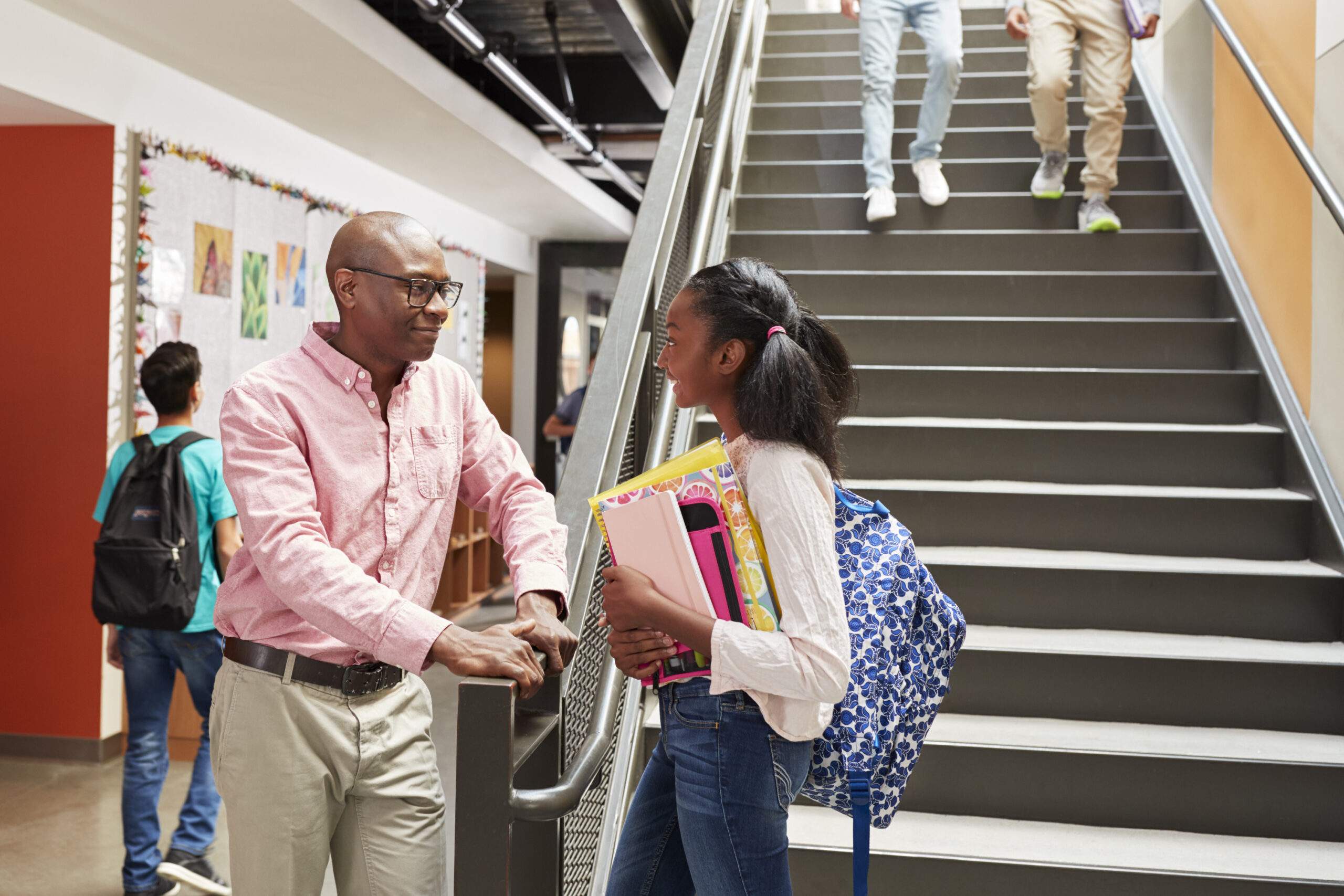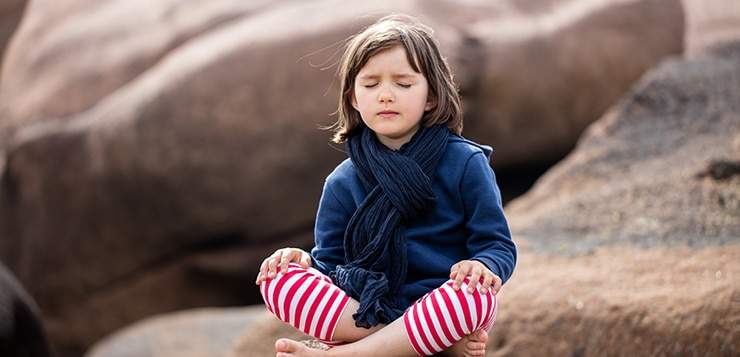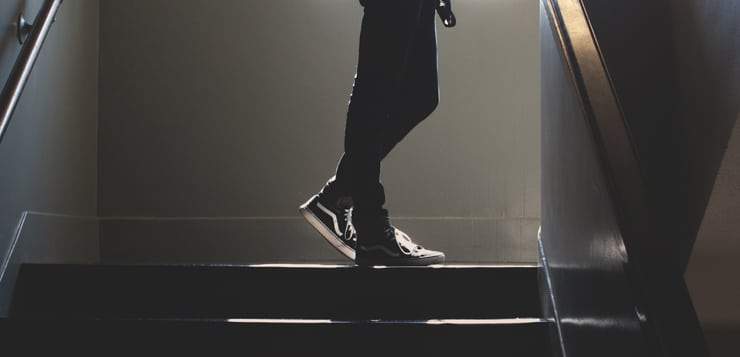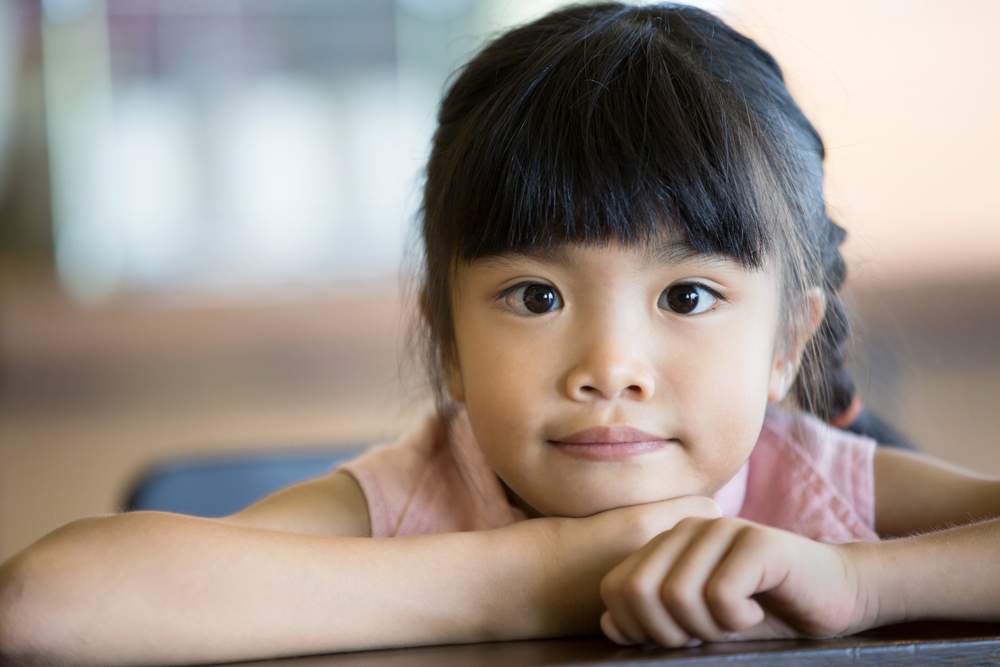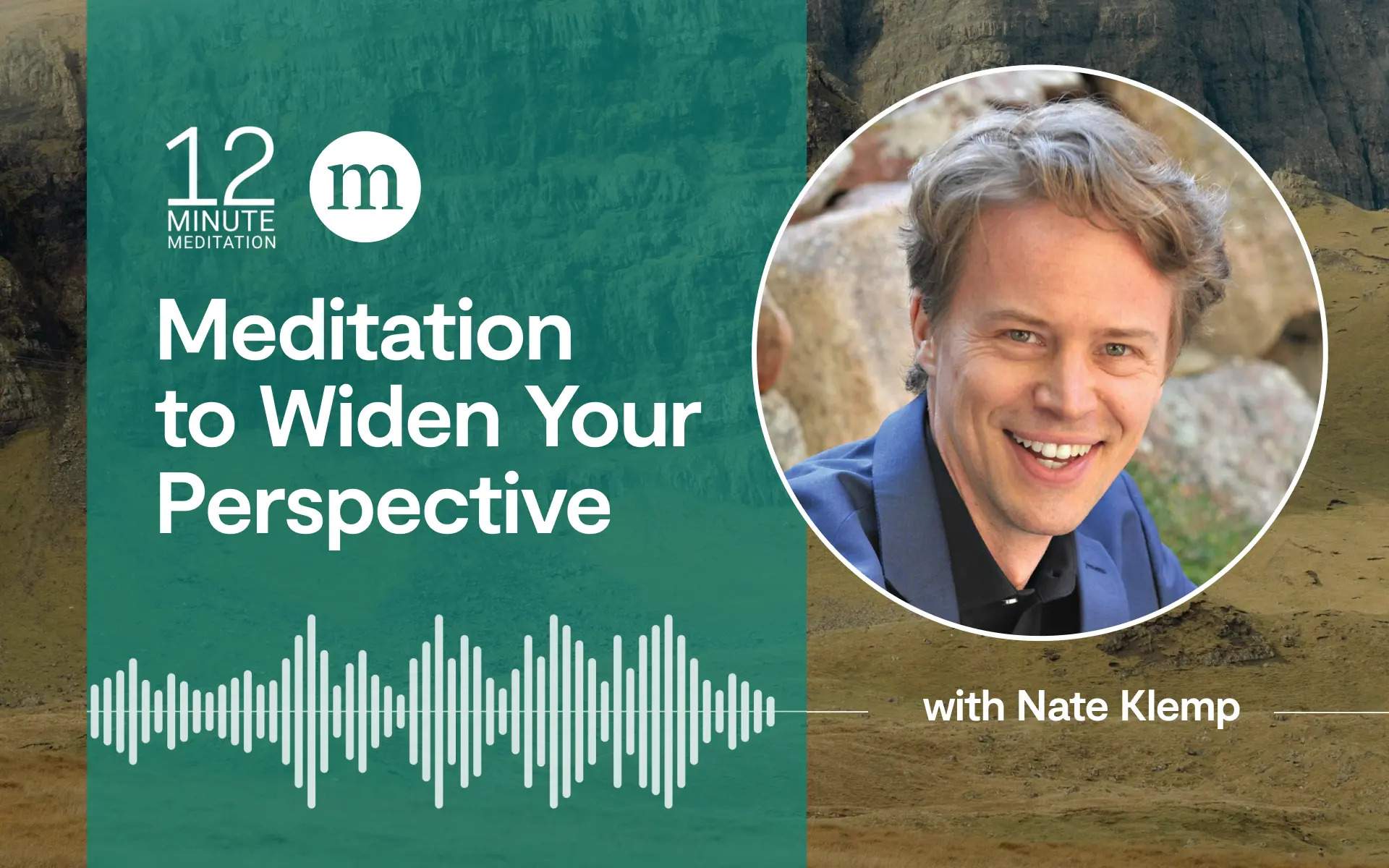Enrique Collazo’s goal as the mindfulness director of Oakland’s MetWest High School is to improve students’ relationships with their thoughts, cultivate compassion, and celebrate interconnectedness through course curriculum and mindfulness sessions. And he’s seeing results. “There is a lot of self-criticism, self-hatred, and self-doubt. I hope the students leave the course with a little more room for parts of themselves that are hard to hold.”
He began working at MetWest in the fall of 2020 and had not previously met his students in person. Given the complex and deeply human nature of his work, he knew it would be a challenge over Zoom. The community he serves—93% students of color and 70% who live under the poverty line—has been disproportionately impacted by the pandemic. Making matters more challenging, teens often opt to turn their cameras or even mics off in remote class.
But sensing the rising levels of anxiety and loneliness in the teenage experience, Collazo knew his work was more important than ever. “It’s an incredibly disconnected time for teens,” says Collazo. So he challenged himself to teach in different ways and think out of the box, relying on the chat function for group discussions and interactive slideshows to get students engaged with the curriculum.
Compassion in the Classroom
Collazo held himself to a simple directive: “I decided to meet people where they are.” With that in mind, Collazo shifted his curriculum away from theory and toward personal experience. “The students are growing up in similar conditions as I did,” says Collazo. “It has a particular effect when you have that shared experience. Authenticity works.”
“I decided to meet people where they are.”
Enrique Collazo
Collazo, like many of his students, is Latinx, grew up poor, and was raised by a single mother. “The adults in my life didn’t have the best strategies for dealing with the hard parts of life,” says Collazo. “And as a child, I felt confused, angry and scared. I thought there must be something wrong with me because my Dad left.”
The word mindfulness and formal practices don’t always resonate with teens. In fact, there is often an automatic stigma and resistance, says Collazo. So he prefers to describe his classes as discussions on “what it means to be human.” This year, many of those discussions have centered around compassion. The students learn to have compassion for themselves and what it means to treat themselves like their best friends.
Collazo teaches four eight-week electives as the school’s first mindfulness director. He also leads a weekly senior boys mindfulness session which focused on grounding exercises and exploring feelings of loss.“They are graduating online. That is a big loss,” explains Collazo. “They have dealt with illness and close family dying.” Collazo guides regular mindfulness seminars for teachers and parents that are intended to help integrate mindfulness into the entire culture of the school.
The students learn to have compassion for themselves and what it means to treat themselves like their best friends.
Collazo is part of a growing national network of mindfulness directors, seeded and supported by WholeSchool Mindfulness, a national non-profit with a mission to bring mindfulness to every member of every school community. To realize that vision, WholeSchool Mindfulness supports schools like MetWest by providing money for directors’ salaries and professional development support.
Seeing the Change
Despite this year’s challenges, Collazo feels his work is making a difference. “Advisory teachers are telling me they have a lot less management of emotions to do while they are teaching,” he said. Teachers have also told him their students show up more often than they did before and he has even seen some advantages to teaching online. Reluctant students, who may have remained silent in a group discussion, feel more comfortable writing in a chat function—especially when sharing vulnerabilities and personal emotions. Using Pear Deck, which enables students to interact with Google Slides, has also sparked more student engagement since students can chime in anonymously.
More than ever, Collazo relies on storytelling and verbalizing his own vulnerability. “I ask my students: ‘Has anyone come to school after a horrible night at home? Where did we learn to say I’m fine?’ When I was a teen, I was in so much pain and I did not know what to do with it.”
And his students are responding. “Some of the things Enrique mentioned about his story I could relate to,” commented one student in a post-class survey. “The environment in his class made me feel comfortable and at home.” Another remarked: “My mindfulness teacher helped me channel my emotions and control them.”
How Mindfulness Can Benefit Teens
Collazo first fell in love with working with teens when he volunteered as a mentor at a teen retreat at Spirit Rock in Northern California in 2007. “Going to that retreat changed the trajectory of my life,” he says. “I got to see teens being 100% themselves. I was in a space with adults who wanted to work with teens. It was the richness of all of it, and my own teen healing began.”
Collazo was moved by the group’s ability to be authentic and open, and he began to tend to his own grief about not being able to find spaces like that as a young person. “I was never a tough guy. I was a scared little boy with a big sensitive heart but I was trying to protect myself.”
“No one said to me, ‘Enrique, I know sadness might be uncomfortable but there’s nothing wrong with feeling uncomfortable. It’s okay for boys to cry, feel sad, or be depressed. Those feelings will pass if you allow yourself to feel them.’”
Teaching with the Lens of Compassion
When he does teach some of the more standard practices, he returns to the principle of meeting students where they are. When teaching mindful eating, for example, instead of using the traditional raisin, he tells students to grab whatever snack they have closest—like a hot Cheeto.
His work is also resonating with teachers directly. “The teachers come because they are curious. They may be at their wit’s end with their current strategies and are open to trying something else. I’m clear that I’m not there to teach them how to be better teachers. My role is to offer strategies that help reduce suffering.” In his recent Philosophy of the Heart seminar for faculty, Collazo helped teachers to see their most challenging students in a new light and through a lens of compassion.
The Philosophy of the Heart exercise started by giving teachers full permission to vent and speak about the student behaviors that challenge them the most. Then Collazo shared an image of a heart and asked the teachers to name all the qualities they associate with a newborn. He then invited teachers to imagine different challenging family scenarios for this newborn. As the teachers do that, Collazo crosses out the newborn descriptions, representing a covering or scarring of the heart. “There’s an acknowledgement that these children show up in our classrooms with a story, with a heart that’s been covered up due to the conditions of their lives,” says Collazo. “We remember that the student has adopted strategies to survive. He or she isn’t a bad kid. Just a child with a lot going on.”
“We remember that the student has adopted strategies to survive. He or she isn’t a bad kid. Just a child with a lot going on.”
Enrique Collazo
Looking forward, Collazo is excited for a time when he can connect with his students in person and has a goal to reach every student in the high school. “This resource is finally making its way into communities like mine. Mindfulness is normally reserved for just the elites and people who have lots of money,” he says. “When everyone is part of the community that is being offered the same language, same strategies, it’s bound to be beneficial.”
READ MORE
Teaching Kids How to Meditate — and Getting Schools on Board, Too
Dr. Michael Gervais speaks with Ali Smith, executive director of the non-profit Holistic Life Foundation, about bringing mindfulness training to public schools and diverse populations. [Podcast]
Read More
Mindfulness in Schools Can Provide a Lifeline for Teens
How one mother’s vision to help her daughter and daughter’s friends with anxiety turned into a mindfulness program that’s been taught to 15,000 kids in eight school districts.
Read More
Five Things that Need to Happen to Bring Mindfulness into Schools
Patricia Jennings outlines the challenges.
Read More


